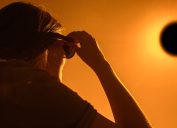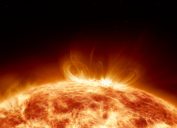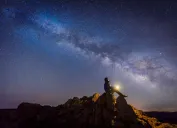"Supercharged" Northern Lights May Appear Over the U.S. Tonight—How to See Them
This could be your chance to catch a glimpse of the aurora borealis without traveling.
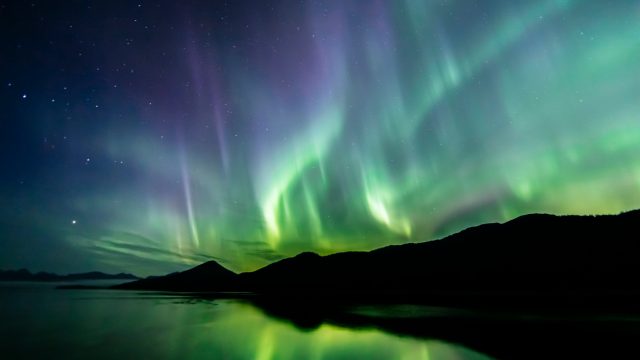
The night sky is full of countless beautiful objects, and there are plenty you don't even need a telescope to enjoy. Whether it's a passing comet, a dazzling meteor shower, or even a special lunar eclipse, there are some special events that just require looking up at the right time. This list also includes the aurora borealis, but the overhead spectacle is usually limited to very specific areas of the globe during particular times of the year. But tonight, "supercharged" Northern Lights may appear over parts of the U.S. in a rare and dazzling display. Read on for more information on how to see them.
READ THIS NEXT: The Next Total Solar Eclipse Will Be the Last Until 2044, NASA Says.
Residents in the U.S. might be able to catch a glimpse of the Northern Lights over the next few nights.
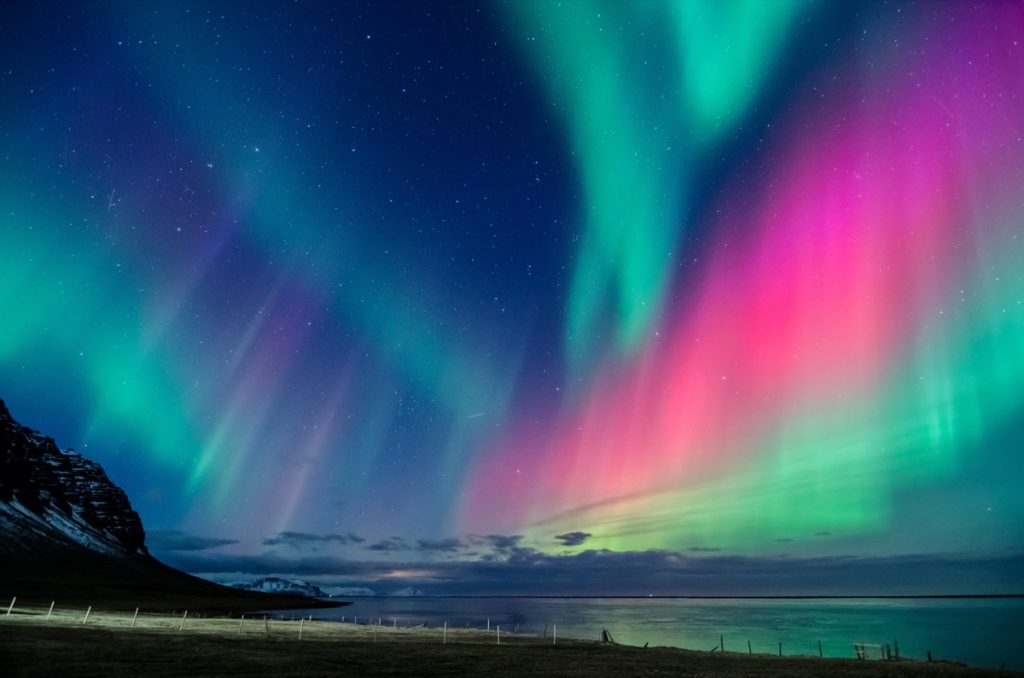
The aurora borealis is often a bucket list item for outdoors enthusiasts and travelers thanks to the limited number of places where they're visible. But over the new few nights, residents in the U.S. and Canada might be able to catch a glimpse of the Northern Lights, Space.com reports.
While the phenomenon is a regular sight in spots near and above the Arctic Circle, scientists say that a solar flare and coronal mass ejection (CME) emitted from the sun on May 7 has sent a stream of radiation toward Earth. The conditions could create a dazzling "supercharged" display of auroras when it hits our planet on May 10 and May 11, according to Space.com.
The sudden burst of radiation has already had some effects on Earth.
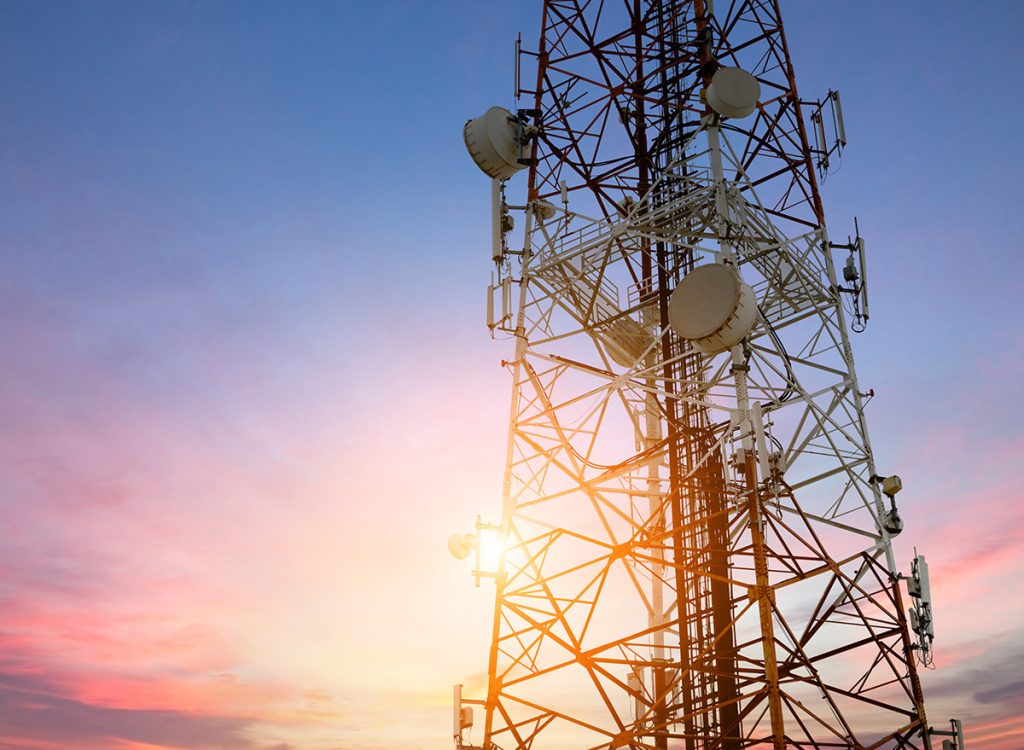
The unusually strong event comes as the sun has seen a recent spike in activity. The center of our solar system entered a new cycle in Dec. 2019 when it reached a solar minimum, according to NASA. As a result, increasingly "stormy" activity on the sun—including sunspots, solar flares, and CMEs—will eventually peak when it reaches its solar maximum sometime in 2025. And even though the 11-year cycle is a regular and expected occurrence, the space agency says our star is "already exceeding predictions" with its activity.
Fortunately, our planet's atmosphere shields us from the otherwise dangerous blasts of radiation. But while most people on Earth will likely only ever notice its effects as aurora in the night sky, it can sometimes cause other problems, such as issues with power grids and telecommunications. In fact, the May 7 solar flare has already been blamed for a radio blackout over the western U.S. and parts of the Pacific Ocean due to the interference it created in the Earth's upper atmosphere, Space.com reports.
While experts aren't overly concerned about the sun's increased activity creating serious problems for our planet, it does increase the likelihood of the Northern Lights appearing more vividly and in more places over the coming years until the solar maximum is reached.
RELATED: For more up-to-date information, sign up for our daily newsletter.
The Northern Lights could be visible in over a dozen states.
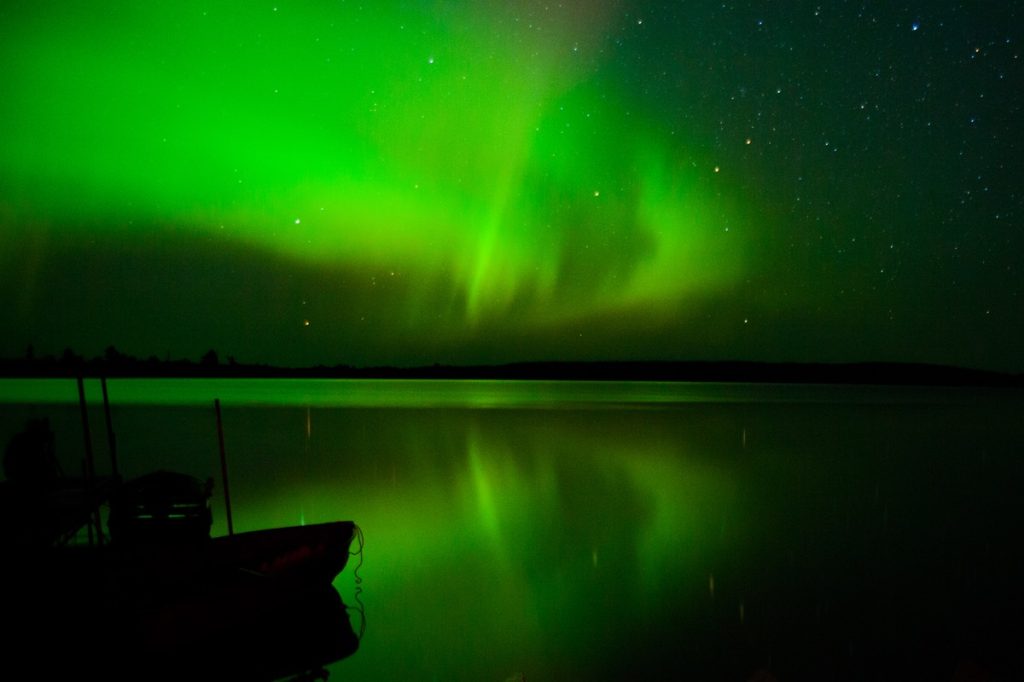
As the latest wave of energized particles hits the planet over the next few days, lower latitudes could have a chance to see the Northern Lights overhead. According to the U.S. National Oceanic and Atmospheric Administration (NOAA) Space Weather Prediction Center, the view line for the phenomenon dips low enough to include 13 states on May 10.
Forecast charts show that Alaska and large swaths of Canada are expected to have a very high likelihood of aurora. But many northern states are also in an excellent position to potentially catch a show, including parts of Washington, Idaho, North Dakota, South Dakota, Minnesota, Iowa, Wisconsin, Michigan, New York, Vermont, New Hampshire, and Maine.
Keep these tips in mind to get the best possible view of the aurora.
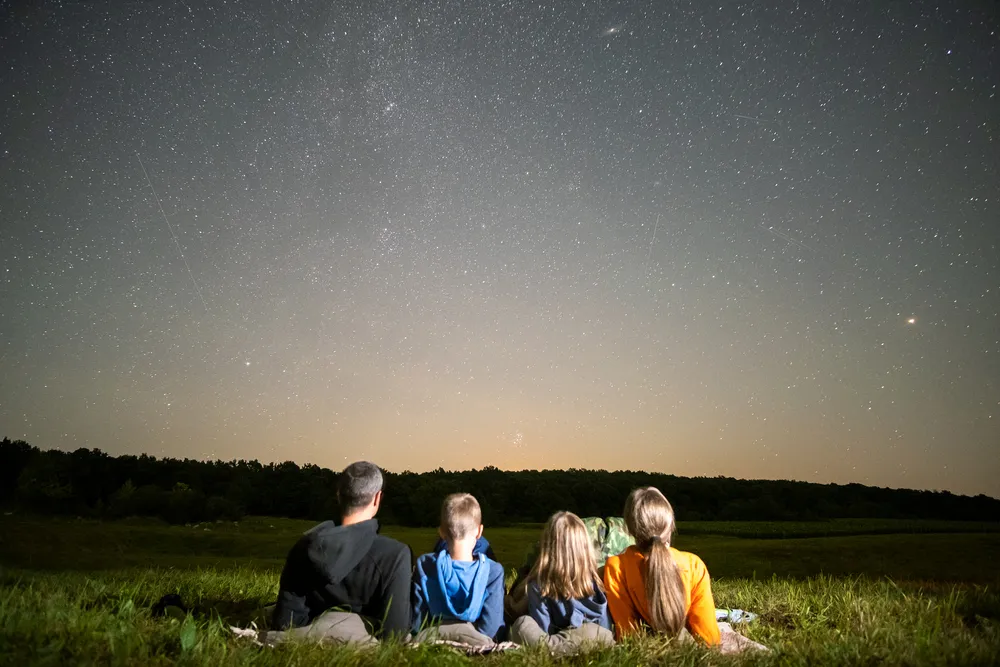
Tonight's show presents an exciting opportunity for residents in some areas to catch a rare display of one of nature's most awe-inspiring spectacles. But if you want to get the most out of your Northern Lights viewing experience, there are a few things to keep in mind.
Similar to a typical stargazing experience, it's best to get as far away from city lights or other sources of light pollution as possible, according to NOAA. And, of course, try to find a vantage point that provides the most expansive view of the night sky.
The agency says prime viewing hours tend to fall within an hour or two before and after midnight, so try to get outdoors between 10 p.m. and 2 a.m. in your area. And keep in mind that while displays can carry on through the night, they might become less visible as light increases closer to sunrise.
It's also important to remember that similar to terrestrial storms, solar weather forecasts can be very fickle and change with little notice—whether for the better or worse. And even if local weather conditions make viewing this week less than ideal, remember that such unique displays could become more common for the next few years thanks to increased solar activity, according to Space.com.
